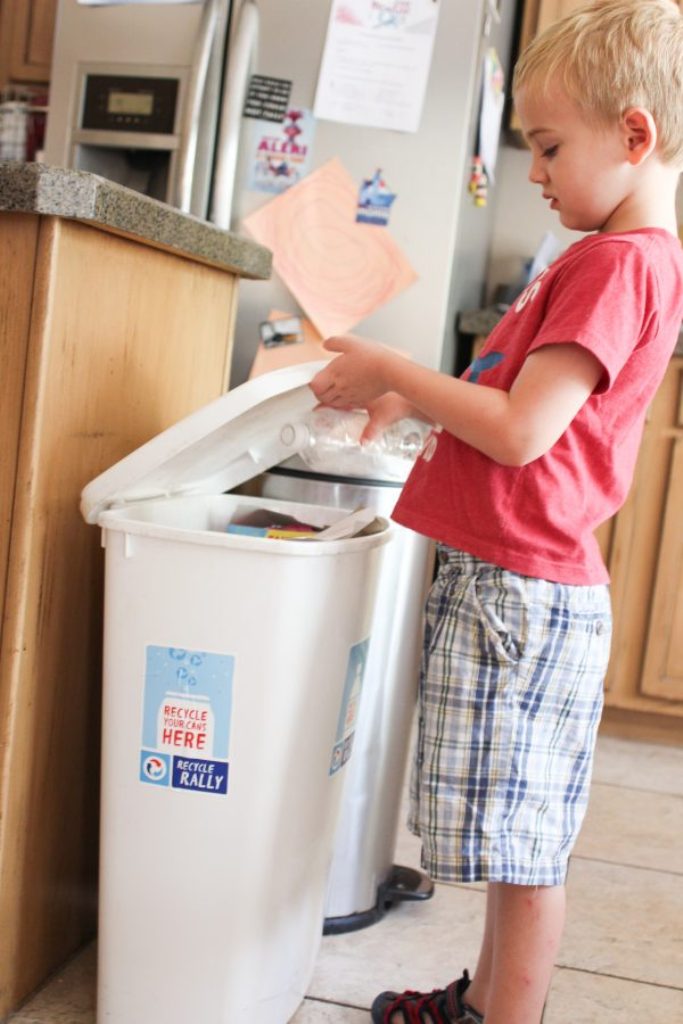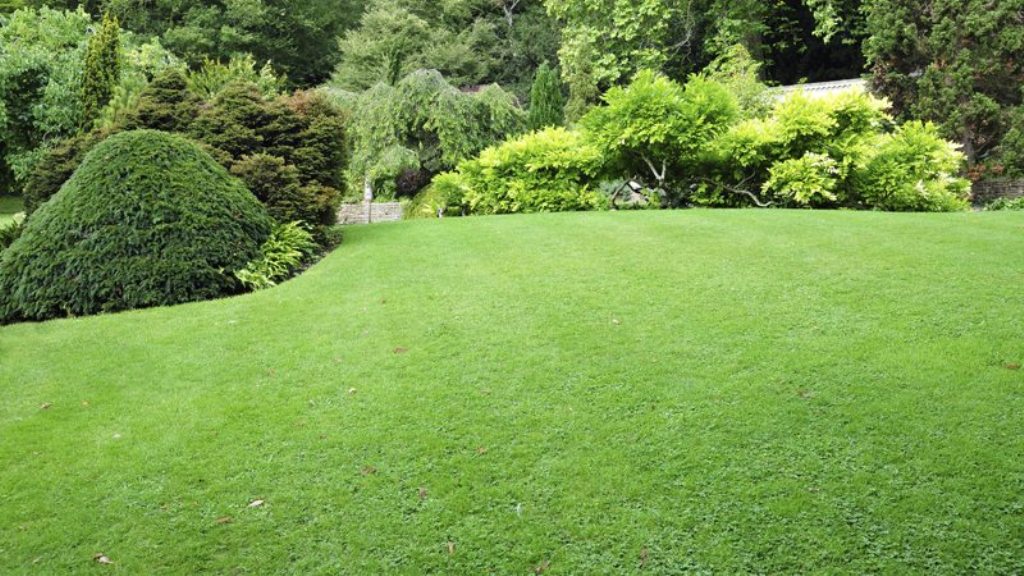Bugs can be a huge nuisance in your home. They not only make your spaces unsanitary but also create annoying noises that interrupt your sleep and rest. Wasps, scorpions, and bees sometimes cause painful stings while ticks, mosquitoes, and fleas carry diseases that can be transferred to humans.
There being over 10 quintillion bugs worldwide, it can get difficult to bug-proof your home. However, by understanding what first attracts bugs and insects to your home can help you make changes that will drive them away. Bugs need food and a place to live. By destroying their food supply and making their hiding spots inhabitable, you reduce the chances of them taking up small spaces in your home.
Below are 8 simple ways to keep your home bug free:
Store your trash properly

Bugs love feasting on whatever is thrown into trash cans. To prevent this from happening, handle and store your trash properly. Avoid keeping your trash in wastebaskets kept around the house. Let it stay in the kitchen. Your kitchen trash should have a lid and should be emptied every night.
Trash cans kept outside should also be covered and tightly sealed at all times. All recycling bins and receptacles should be sanitized and cleaned regularly. If you have a compost bin, keep it sealed with hardwire clothing and closed. Any composed materials are to be removed after every 3 to 6 months.
Use natural predators
Bats and birds love feeding on insects. They are natural insect predators and can help bug-proof your home. Swallows and warbles love to feed on mosquitoes. Bats have a wider menu that consists of flies, mosquitoes, wasps, spiders, scorpions and other insects.
To attract birds, provide bushes and trees around your home where they can build nests. Include a supply of freshwater nearby and change it regularly to prevent stagnation. You can include a nectar feeder or birdseed to add onto their insect feeds. Bats fly only at night and sleep the entire day.
This means that you don’t have to worry about ever seeing them. You can encourage their habitation around your home by keeping a roost or bat house in your compound.
Seal all doors
Most entrance ways have unsealed gaps that go unnoticeable every day. If you examine your doors carefully, you’ll discover that there exist a number of openings that can let bugs in. Use a door sweep or an aluminum/steel threshold to prevent bugs from entering under the door. Consider using door-seal kits and weather stripping to close all gaps that exist on the perimeter of the door frame. Remember to keep your door closed during the night. If you have kids, try using a door closer. It automatically helps to close the door whenever it’s opened.
Repair all cracks
Some bugs are microscopic in size. They can get through the most unnoticeable holes and cracks in your home’s exterior. A small hole that can fit a pencil is capable of letting in a stream of insects and even small mice. Examine your home to identify cracks, rotted wood, and sections that are missing in your siding. Use cement or mortar to patch masonry walls and foundations. Replace damaged bricks with new ones and fill the joints with cement or mortar. Replace or repair damaged cladding and siding. Do the same for rotting trim and wood. Pay closer attention to your roof where the wasps and bees frequently inhabit.
Keep your yard clean

Mosquitoes thrive in yards that aren’t well maintained. Eliminate any pooled water to prevent infestation and breeding. Take a walk around your yard and identify areas where water has collected. You may find a thatch build-up where there’s standing water. Aerate your lawn to let the soil absorb the water naturally. Where the stagnation is caused by slope, fill the patch with dirt or have it done professionally. It’s also necessary to keep regular drainage channels free from debris, grass clippings, and leaves.
Trim pest bridges
Sometimes shrubs and tree branches that touch your house may provide bridges that pests can use to gain access to your home. Consider trimming back any mulch that provides ideal conditions for pests to survive. Replace mulch with rock or stone to provide ground cover that attracts pests less. This helps to keep your foundation clear of any infestations.
Replace your lights
One of the best ways to repel insects around windows and doors is to install halogen or high-pressure sodium vapor lights. Bulbs that emit an orange, yellow, or pink tint are least attractive to insects. Bennetts Services recommends installing lights away from the doors as this helps to keep flying bugs away. You can use pole lights that you can move easily and further away from exterior doors.
Keep stored food closed

If the food bags and boxes you have around the house cannot be closed, consider using plastic containers or sealable bags to keep your food closed. Pests love stored products. One of the best ways to keep pests and insects away is to keep your stored food in closed containers. Remember to also clean containers used to store stale and uneaten foods.
Seal large openings
Use hardwire cloth to fill large openings such as those left in your roof vents and chimney. Hardwire cloth can easily be stapled to cover holes. It keeps raccoons, squirrels, fleas, ticks, and other pests from entering into your home. If you already have dampers installed, check to see if they still operate properly.








